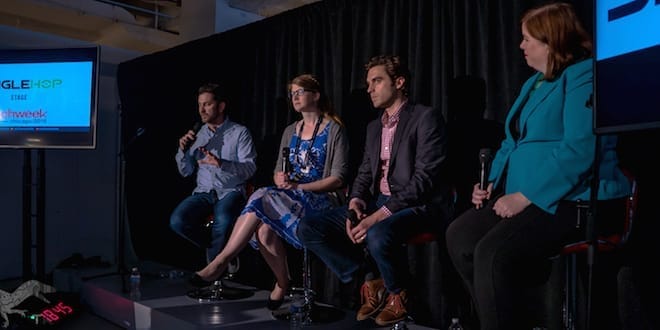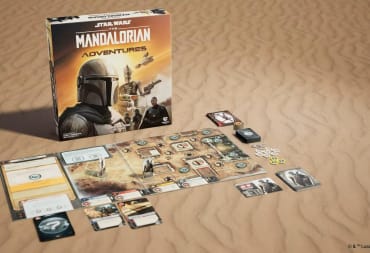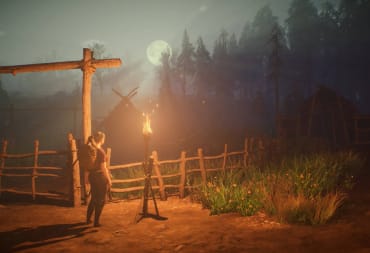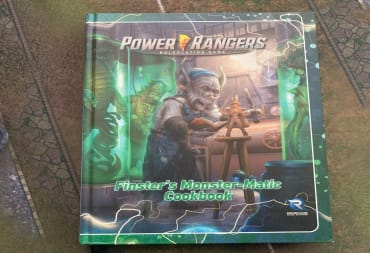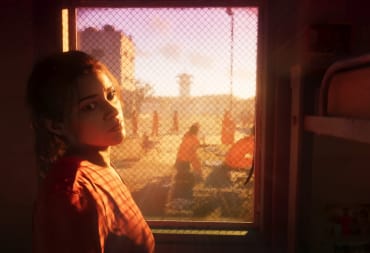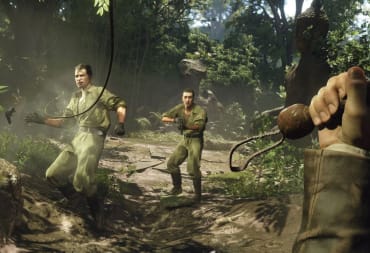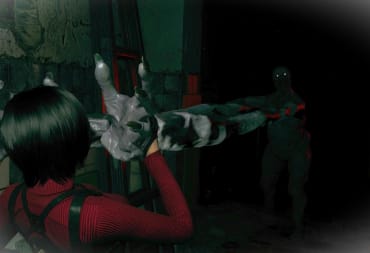Museums have always been a long-standing part of showcasing history, science, and more. But as the world changes, and technology becomes so integrated with our daily lives, what can museums do to change with the times and continue to bring people back to their exhibits? We attended a great panel at Techweek in Chicago that covered the topic of digitizing the educational experience!
Digitizing Dinosaurs, Downloading Whales and Streaming Science Speaker: Michael Burke (Host, Curiosity), Steven Beasley (Museum of Science and Industry), Emily Graslie (Field Museum), Meghan Curran (Shedd Aquarium).
"With your audience (consumers), how has your relationship with them evolved over the years?"
Meghan: Wide variety of audience members, so the ability to use technology to share more facts with our visitors allows to get closer to their mission of really teaching more about the aquatic world.
Steven: Use digital experiences to really give incredible experiences (such as standing in a tornado) to keep kids engaged in science as they grow and change.
Emily: Motivation is to use YouTube to get more engaged with science enthusiasts.
"If you are replicating an experience (tornado), you can't do that over the Internet—how do you bring that to more people?"
All: The problem is that when groups are coming to museums, and blowing through exhibits, usually only spending a few seconds. Using digital to create games and interactive exhibits helps create more engagement and interest in what people are coming to see. MSI uses games to teach and engage, which keeps kids in exhibits longer to learn. Shedd Aquarium uses digital touchpanels to share stories and information about certain exhibits, which creates a lasting experience for people to remember interesting stories about certain fish or animals.
"Let's talk about the hits and misses of digital media for you all."
Steven: There is an exhibit called "make room for baby," which is a digital experience for pregnancy on the website. Buzzfeed wrote an article about it, which went viral, bringing in millions of new views and engaging a whole new audience. MSI didn't expect this to happen, just was meant for exhibit extension.
Meghan: Shedd has changed the way we announce new exhibits, because the changing of everything with social media allows information to travel faster and more effectively, and when a new exhibit hits it big on social media, the aquarium really benefits!
"If you're going to be creating a video, how does it start?"
Emily: It's a matter of finding humor in scientific tidbits these days. If you can condense into short, engaging, and sometimes humorous videos or facts, people are likely to latch on and share them a lot more. If you also have more consistent content, it's much more likely that people. We also make sure to show what our museum is about, in that even when we don't always have exhibits on everything . We make sure to include educational pieces on things that we're still working on in the background. We always say "real science happens at the field museum!"
Steven: Being scientific and nerdy has become cool in the last few years, so people are also more willing to engage with museums, and be excited about them as well.
"How do you monetize Curiosity?"
Michael: We actually don't monetize right now, but in the future, we'll work with brands and license the platform to other publishers.
"How do you track the ROI?"
Meghan: It's less about tracking the return on investment, and more on tracking audience engagement as well as interest. When you see people talking about your exhibits online, it means that what you're doing is working. We don't see the return in terms of money, but knowledge and interest. Money isn't the primary reason for working hard at digitizing and changing.
"Has the Night at the Museum and other movies helped you with interest and ideas for engagement?"
Emily: We try and stay topical, working on increasing talk about things like dinosaurs in relation with movies like Jurassic World. It's not easy though.
Steven: The question is whether we're doing it to bring more people in, or share more knowledge. We have to keep that in mind every time.
The general consensus is that constant communication has allowed for museums to be more at top of mind, with interactive sites and exhibits coupled with social media and email messages. Going from 20,000 email subscribers, to over a million or so, really helps keep museums and science relevant.
We caught up with Michael (via email) after Techweek to talk about some of the things discussed in the panel, as well as his site, Curiosity.
TechRaptor: At the start of the talk, you asked whether people preferred Dolphins, Dinosaurs, or Robots? What would be your choice?
Michael: I’m a dolphin guy. If you’ve ever seen dolphins in the wild, it’s hard not to be. On top of that, not only should you love dolphins for the reasons everyone loves dolphins, but did you know that next to humans, they may be the smartest animal?
TechRaptor: In today’s day and age of “Want it now” and short 140 character messages, what is the best way that museums can find ways to stay relevant?
Michael: For museums or really anyone looking to educate an audience, they first have to pique interest and make people curious. There is a quote from American author William Arthur Ward, “Curiosity is the wick in the candle of learning”. We believe whole heartedly that if you don’t stay curious, you won’t keep learning. So it becomes the job of Museums to ensure they leverage the “want it now” digital world to make people want to know, and if they cross that threshold they can engage with their audience in a more meaningful way. This is the solution that Curiosity brings to creators of learning content by building an audience of people who are interested in learning something new every day. We do this through our Curiosity.com site, our mobile app and our social channels, Facebook, Twitter, etc.
TechRaptor: How difficult has it been to "revitalize" the audience from traditional ways and integrate those ways with a digital experience?
Michael: The tools that exist, Youtube, Facebook, Twitter and mobile apps have made it much easier to keep an ongoing relationship with an audience outside of the traditional walls of learning. The opportunity is to create amazing content that will keep people interested, and the wonderful thing about museums is that have a myriad of resources to create great content. The first challenge is harness all of their archives, researchers, sciences and experts on a continuous and effective manner. And then once you have that, it’s important to ensure that the content is delivered in the best environment and reaches the right audience interested in learning.
Techraptor: When it comes to engaging new visitors, what recommendation would you make to educational exhibitors looking to make changes?
Michael: First, you should make your exhibit and effort offer a true 360 degree educational experience. It is important to leverage all of the tools, online and offline to ensure learning does not start and stop with an exhibit. Meghan Curran from the Shedd Aquarium stated in our panel that they have seen if someone engages online with the Shedd before they walk into the actual aquarium, that person will have a more enhanced learning experience. So, it’s important to think about how you can interact with your audience before they visit you through videos, games or interactive experiences. Ensure that you know when someone is visiting the museum and set it up so you are able to keep the learning going through quizzes and continued communication.
TechRaptor: What sparked Curiosity? Was there no relevant place with this type of information, or more of a one-stop shop setup?
Michael: We recognized that there was so much wonderful learning content across the web, but it was very difficult to find and people to had specifically seek it out to learn anything. We know that learning something new every day is such a important aspect of life, so we decided to be the site that enables millions of people to do just that, learn something new every day. In turn, we saw that there was an opportunity to work directly with the creators of educational content and offer them a better environment, one in which is designed 100% for learning. Therefore, we built a platform that aggregates and organizes the best learning content into one place and we have our consumer facing properties to share this great knowledge.
TechRaptor: Has the education industry adopted Curiosity, and are you actively reaching out to educational professionals to work with them?
Michael: We have seen an amazing reception from the educational community and have had great success working with museums and creators of educational content, helping them promote and share their knowledge across our platform. We have over 650 content creators on our site but we are always interested in talking to people have the ability to offer knowledge to our audience.
If you are asking more about schools, we are also having a lot conversations with them, and as we grow our team, we will have more bandwidth to engage teachers and school districts. We see a huge opportunity to enable teachers to create playlists for their students to enabling learning outside of the classroom.
TechRaptor: Do you currently or do you plan on working with museums, or remaining a standalone site?
Michael: We are a stand alone site today and will continue to remain one. Curiosity was spun out of Discovery Communication at the end of 2014. We work a lot with museums as they provide us with great content and will continue to do more as museums are so fundamental in our educational process.
TechRaptor: What is your plan for the future with Curiosity; what’s a goal that you would really like to achieve?
Michael: Curiosity has ambitions to the be the world’s best learning platform. We will become this by continuing to enable our growing audience to learn something new every day. We have a proven model of first ignite curiosity and second satisfy curiosity that our audience has enjoyed for nearly a year. We are applying that model every day across our site, mobile apps, social channels and soon be network for distribution partners. As millions of people spend time with Curiosity every day, we know that we have improved their content consumption, even just by a little, because they have learned something new. As this happens more and more and at scale, we will be on a path to achieving our goal.
We'd like to thank Michael for answering our questions and would suggest that if you've never been to Shedd Aquarium, the Museum of Science and Industry, or The Field Museum in Chicago, that you check them out!
Have a tip, or want to point out something we missed? Leave a Comment or e-mail us at tips@techraptor.net
